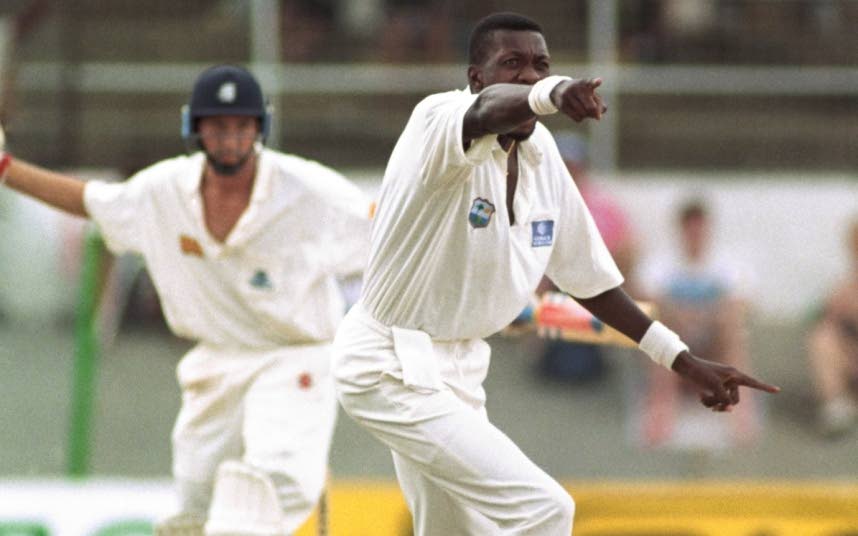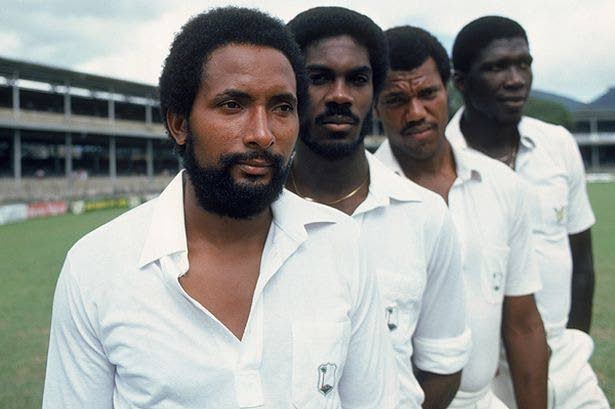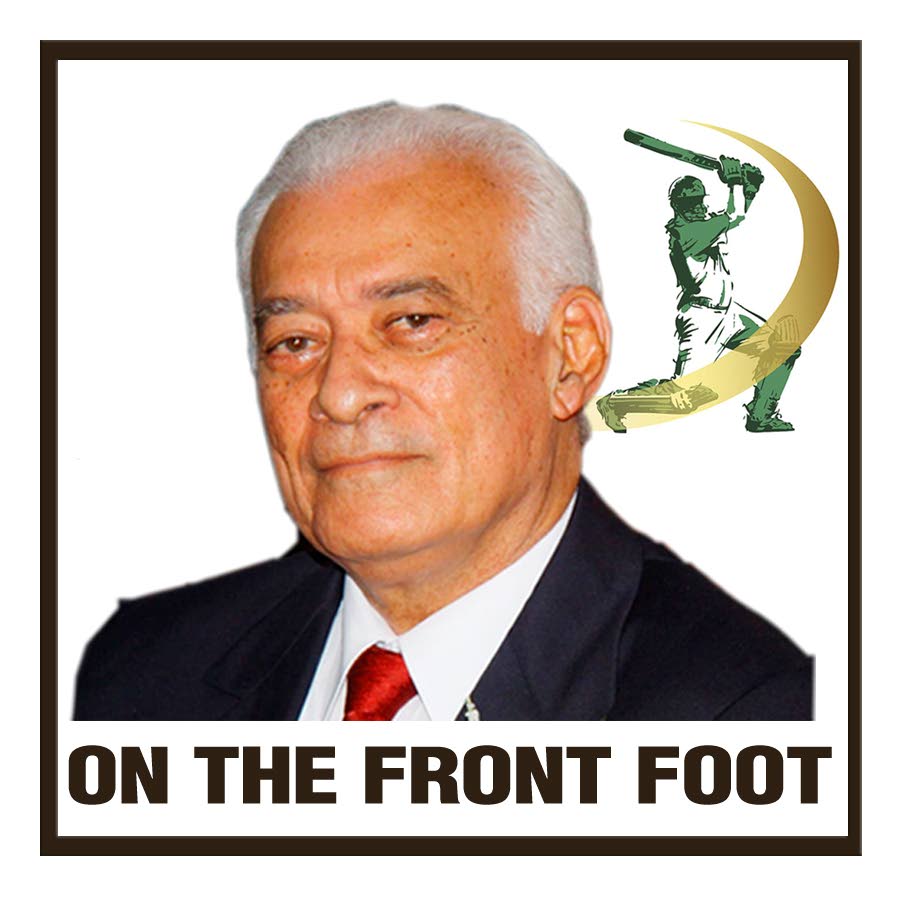Unfair statement by Sir Curtly

BRYAN DAVIS
SIR CURTLY Ambrose, the great fast bowler of the West Indies (WI) team in the nineties, had something to say of the glory days of WI cricket of which he played a part.
But while I understand what he’s trying to say, I can’t agree with his perspective.
He says: “I think nowadays most of the youngsters we have now probably don’t quite understand what cricket means to West Indians in the WI and abroad, because cricket is the only sport that really unites Caribbean people.
“When we were the best team in the world, West Indians all over the globe could walk and boast about how good we are, because we were the best.”
This is an unfair statement that casts judgement on the current players. To say that because his team was the best and Caribbean people, wherever they may live, would boast about them does not mean that the modern-day West Indian cricketer is not aware of the support he has out there in the world.
He may lose followers because of poor performances, as happens in most team sports, but it does not mean that he is not giving his best to win the games for himself, his team and Caribbean people worldwide.
Sir Curtly would not have been aware of the wave of genuine fans who follow WI cricket in several countries until he began travelling the world of cricket. And he would have discovered some in countries where cricket is hardly even known.

Thus it’s wrong to suggest that youngsters in the WI team would not understand what cricket means to West Indians. If so, then all players when first selected, also would not appreciate it.
But that’s not true. One does not have to wait to become part of a champion team to recognise that fact.
He continues: “So it is going to be difficult to see those glory days again.
"Yes, we can be competitive and climb up the ICC rankings and be a force to be reckoned with again, but those glory days? I don’t think we’ll see them again.”
I agree that to return to that level would be a mammoth task, and with the increasing standard of skill in all countries, it would require a herculean effort for any team to so dominate again.
However, he sang the praises of Gordon Greenidge, Desmond Haynes, Sir Vivian Richards, Brian Lara, Sir Richie Richardson, Andy Roberts, Michael Holding, Malcolm Marshall – then he says, the list goes on and on, not mentioning that these marvellous cricketers (except for Lara), came together at a precise time along with the right captain, Clive Lloyd.
The hostility of the quick bowlers psychologically affected opposing teams before they met WI. The engineers of this fear of WI fast bowlers were Roberts, Holding, Garner, Colin Croft and Marshall. And Sir Curtly continued the demolition of opposing batsmen afterwards.
Ambrose, one of the finest bowlers to grace the WI cricket fields, would have learnt from those who broke through before him.
Among them were Wes Hall and Charlie Griffith in the sixties, when WI whipped Australia in a Test series for the first time in 1965, and trounced England in 1963 under Frank Worrell and 1966 under Garfield Sobers. In 1962 India fell five-nil in a five-Test series in the Caribbean under Worrell.
Internationally in those days there was only Test cricket. No one-day 50-overs, no T20s. WI cricketers walked proud and tall and certainly pleased all West Indians at home and abroad wherever they lived, giving them great pleasure from their exploits. It didn’t all start in the eighties and nineties.
There were Sobers, Rohan Kanhai, Basil Butcher, Joe Solomon, Lance Gibbs, Hall, Griffith, wicketkeepers Jackie Hendriks and Deryck Murray.
The emerging Lloyd debuted in 1966/67 against India and was an immediate success.
Before this group there were the three Ws –Worrell, Sir Everton Weekes and Sir Clyde Walcott.
John Goddard, Alan Rae and Jeffrey Stollmeyer all played their part, as well as Sonny Ramadhin and Alfie Valentine; and before them Sir Learie Constantine, Clifford Roach, Mannie Martindale and George Headley.
There are many others whom limited space prevents me from mentioning.
WI cricket was recognised in 1928, then one generation spawned another, and now the present players are the symbols of a people, both administrators and players, who all owe it to others before them – the highs and lows of WI cricket.
Long may it survive.



Comments
"Unfair statement by Sir Curtly"